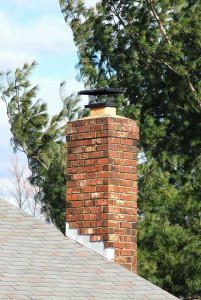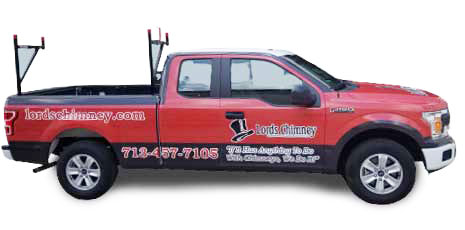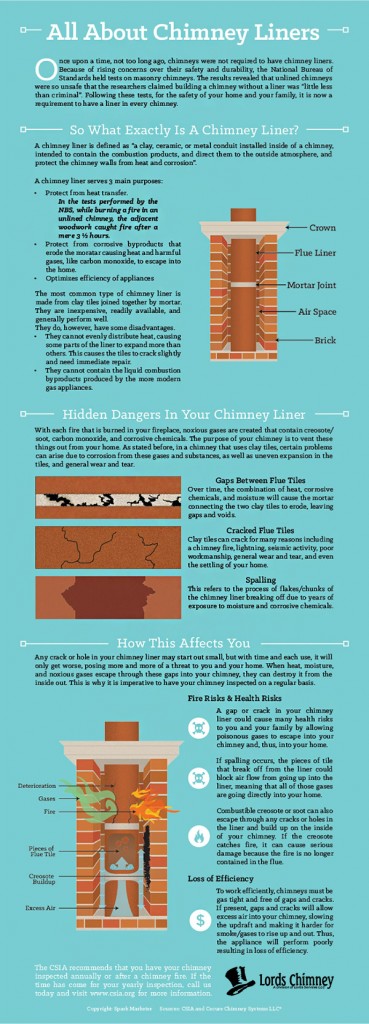Chimney Caps Keep Animals Out
Animals love chimneys; whether it is raccoons or squirrels, roof rats or birds, many different types of animals view chimneys as a safe, protected space to nest, have their young, or hide from predators. Unfortunately, animal entry can cause serious damage to your chimney, as well as put you and your family at risk.
When an animal gets into your chimney, it can be harmful to them and damaging to your chimney. However, it is possible to avoid animal entry with regular chimney maintenance and a good chimney cap.
 How animals get in
How animals get in
The most common cause of animal entry into chimneys is a missing or damaged chimney cap. The chimney cap sits at the top of the flue, covering and protecting the flue from animals and the elements. While the solid metal top of the chimney cap prevents water from getting in, the mesh or wire sides serve two purposes: letting smoke out and preventing animals from getting in.
If they chimney cap is damaged in any way, it may be easier for animals to get in. Small holes, dents, damaged mesh, or missing screws might seem too minor, but even these small issues can leave spaces for animal entry. Birds and small mammals often only need a few inches of space to wiggle through, while raccoons have been known to claw or bite weak areas of chimney caps to create larger holes.
How animals damage your chimney
Even a tiny animal can create a big problem in your chimney. Below are some of the ways that animals can damage your chimney.
- Chimney cap: Animals can create or worsen damage to the chimney cap. This can leave your chimney susceptible to water and debris getting in – as well as more animals in the future.
- Flue liner: Sharp claws and talons can scratch and chip the delicate flue liner. Areas of damage in the liner can expose the surrounding building materials to heat or gasses from the chimney and may require your chimney to be relined.
- Debris: Animals rarely come into your chimney empty handed. Dry nesting materials in the chimney can ignite if the fireplace is used, putting you at greater risk for chimney fire. Likewise, many wild animals also carry bacteria, bugs, and other diseases.
Keeping animals out
The best way to keep animals out of your chimney is by having a quality, well-fitted and correctly installed chimney cap. A quality chimney cap protects the area of your chimney that is most susceptible to animal entry, as well as keeps water and debris from entering your chimney. Regular chimney inspections can also be used to spot damage to the chimney cap or other areas of the chimney before animals can get in.
At Lords Chimney, we are the animal removal experts; not only can we safely get the animals out, but we can also prevent them from coming back with a quality chimney cap. Contact us today to learn more about how the chimney cap protects your fireplace system from animal entry.


